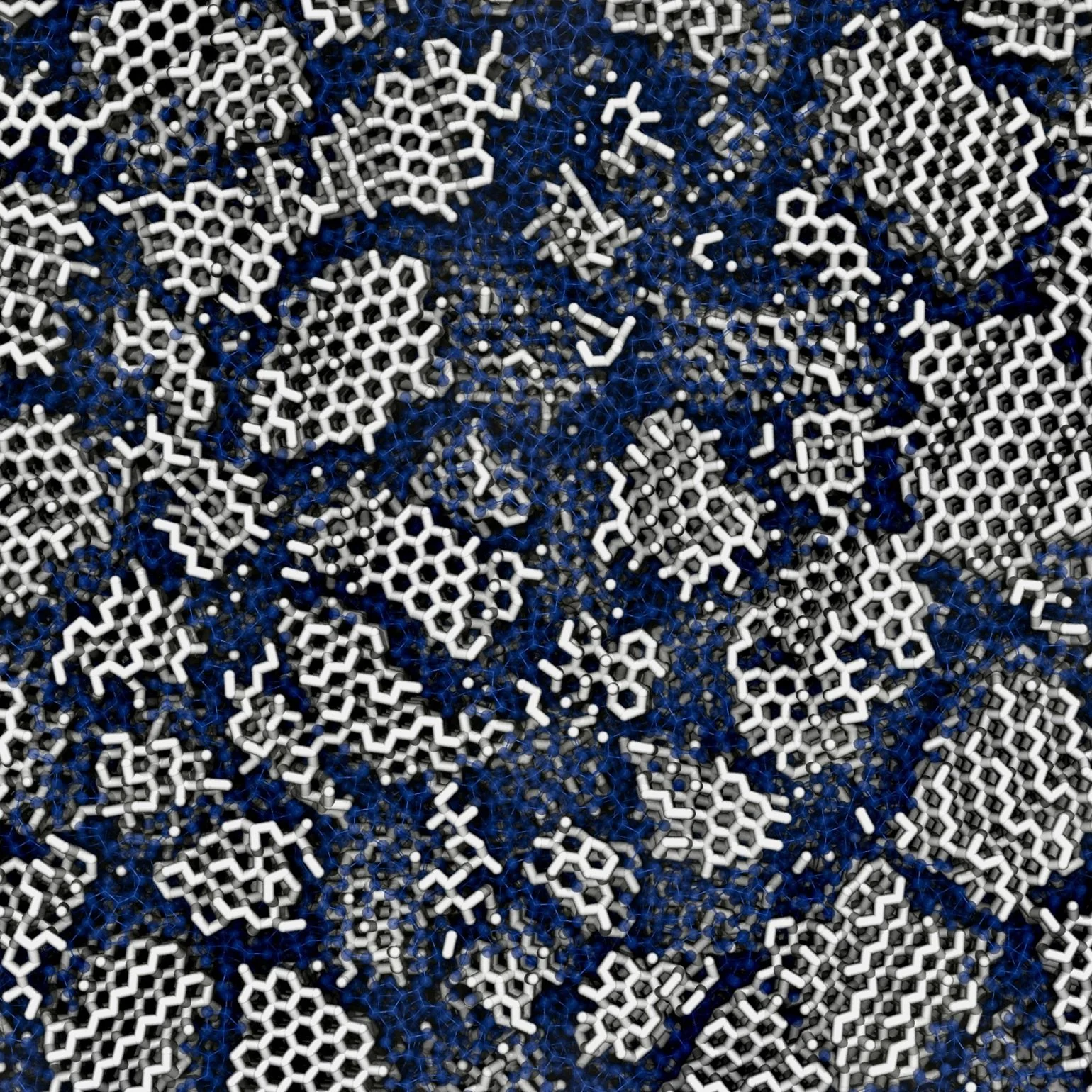For many people, it is incredibly hard to quick smoking. We presume that any readers that tried this will attest to this statement. But, even worse, it turns out that (for some), it is downright impossible. It is therefore of vital importance that we find effective treatments.
French Researchers have done a systematic review on the effectiveness of non-invasive brain stimulation on smokers who wish to quit their unhealthy habit, and it showed some promising results.
Image Credit: chayanuphol via Shutterstock / HDR tune by Universal-Sci
In the past few years, non-invasive brain stimulation has become a new viable option to mitigate various types of substance addiction. Nonetheless, its effectiveness on long-term abstinence remained largely unknown.
A group of scientists at the University Hospital of Dijon in France carried out an extensive systematic review to test the long-term effectiveness of (non-invasive) brain stimulation treatments on smokers.
The team looked at randomized controlled trials in a range of scientific databases. They were specifically interested in trials with follow-ups of more than a month. In the end, seven studies (founded on a total of 699 research subjects) were pooled together and incorporated into the meta-analysis.
The two frequently used forms of non-invasive brain stimulation (or NIBS for short) are the so-called transcranial direct current stimulation (tDCS) and transcranial magnetic stimulation (TMS).
With transcranial direct current stimulation, a low-intensity direct current is sent through the brain employing electrodes positioned on the patient's head. The weak electrical current modulates neuronal excitability.
Transcranial magnetic stimulation employs a metallic coil positioned against the patient's scalp. The coil induces magnetic pulses, which generate short electric currents in the cortical tissue. Depending on the frequency of these pulses, the excitability of the targeted area is either decreased or increased.
It turns out that non-invasive brain stimulation has a statistically significant (2.39%) higher likelihood of long-term smoking abstinence compared to the control group. 2.39% sounds relatively low, but an interesting note is that the effectiveness varied between different types of NIBS. So the results could be even more favorable when particular parts of the brain are stimulated.
Lead author Dr. Benjamin Petit stated that while their review seems modest, the results seem to be robust. As a result, the team feels confident in suggesting that non-invasive brain stimulation is a treatment of interest when it comes to quitting smoking, both for the long term and the short term.
In addition, the team identified various ongoing scientific trials in this specific field. In the near future, non-invasive brain stimulation may be recognized as a favorable new option for helping those who wish to quit smoking.
All in all, we may be very close to a new and effective tool to help people in their fight against their smoking addiction, particularly if treatments can be optimized to improve effectiveness.
We will keep you posted on further developments.
Sources and further reading:
Ten myths about smoking that will not die - (Universal-Sci)
Young 'night owls' are prone to drinking and smoking due to impulsiveness - (Universal-Sci)
Non-invasive brain stimulation for smoking cessation: a systematic review and meta-analysis - (Wiley Online Library / Addiction)
If you enjoy our selection of content consider subscribing to our newsletter (Universal-Sci Weekly)
FEATURED ARTICLES:







